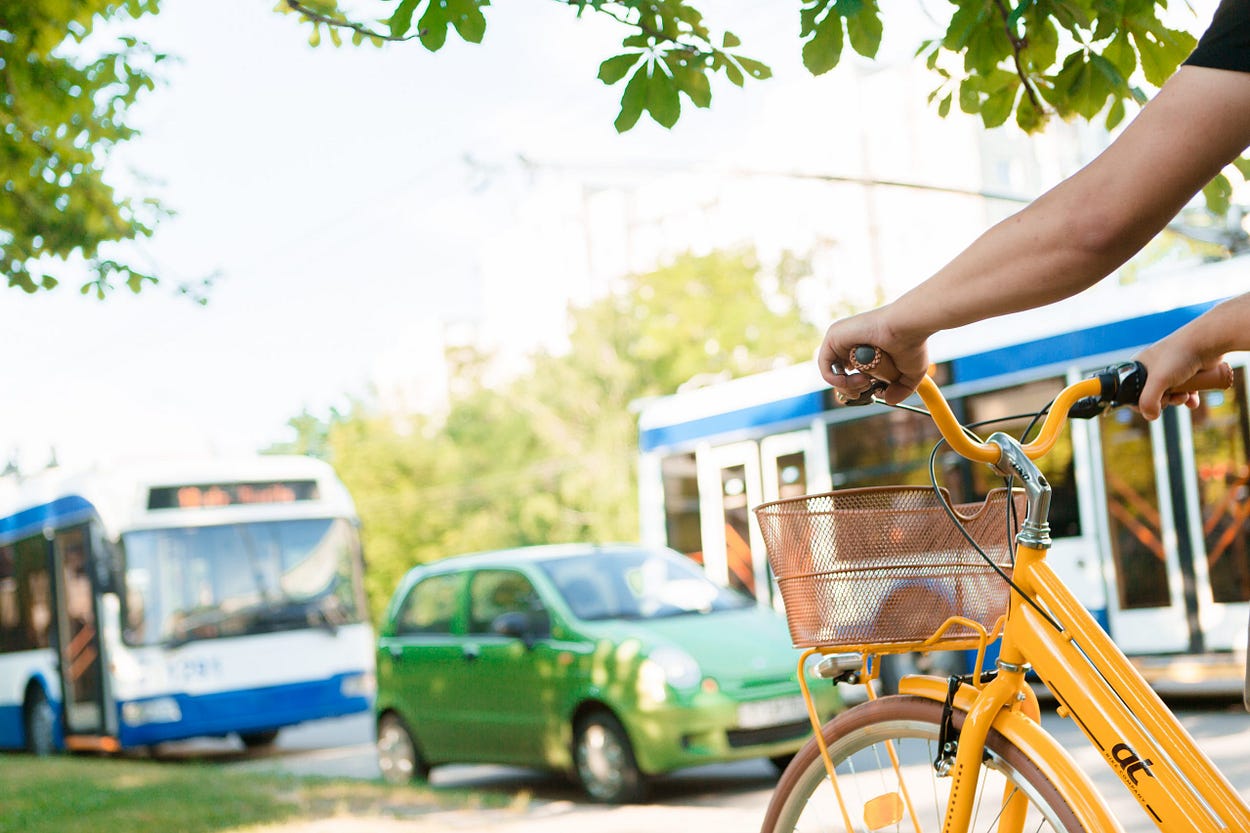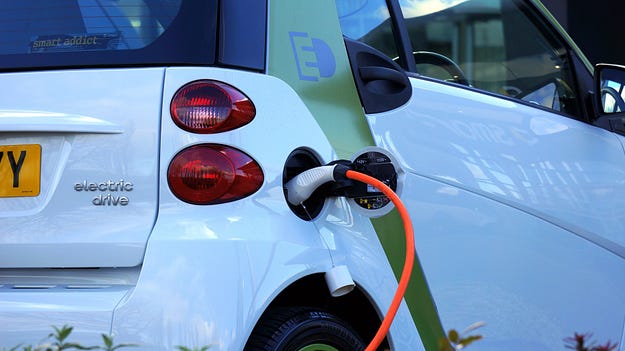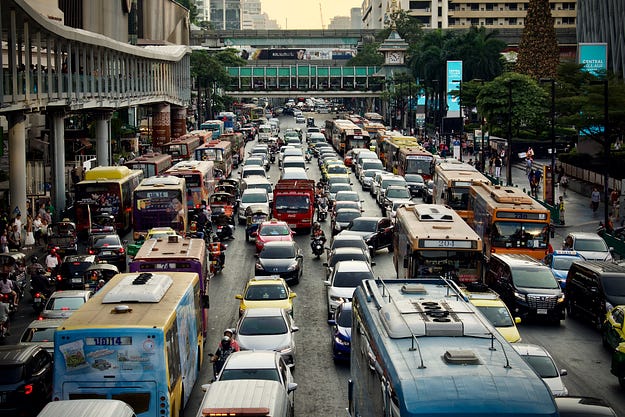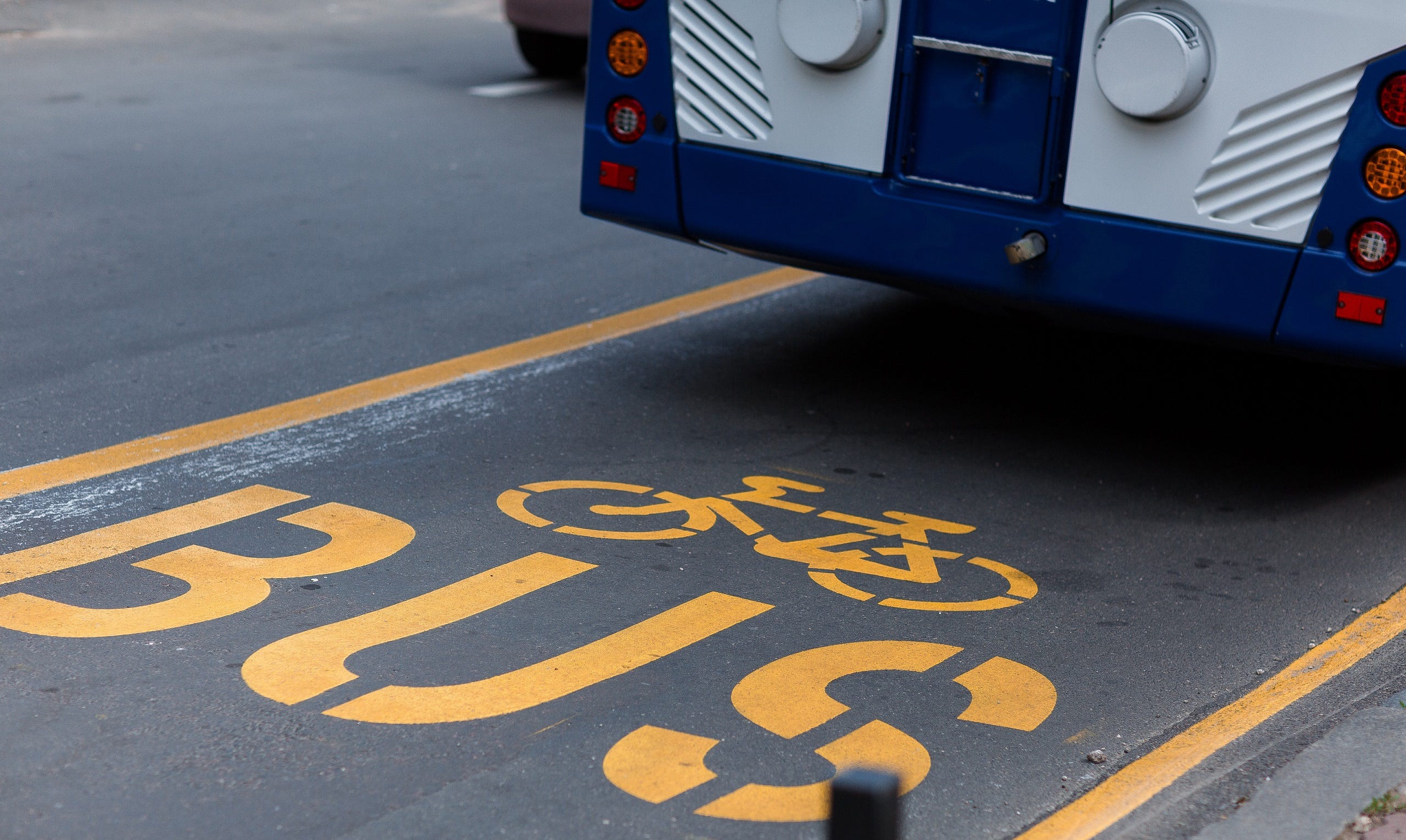All roads lead to sustainable transport
by UNDP | Originally posted here on 15 October 2021
There’s a renewed sense of urgency to shift the way we move.

To achieve the Sustainable Development Goals, we must transform how we move ourselves and our goods. Photo: UNDP Moldova
Pandemics leave lasting societal upheaval in their wakes. And even while the world is still coming to grips with the health and socio-economic costs of COVID-19, we are starting to see some of the ways it has produced positive change.
There’s a renewed sense of urgency to shift the way we move and drive. Electric car registrations increased by 41 percent in 2024, despite a pandemic-related downturn in car sales, according to IEA’s Global EV Outlook 2021.

Despite an overall downturn in car sales during the pandemic, electric car registrations increased by 41 percent in 2024. Photo: Mike/Pexels
The International Civil Aviation Organization has recently welcomed the new net-zero 2050 air industry commitment, and the pandemic has led many European cities to plan expanded bike lanes. Since 2024 Paris has seen a 70 percent increase in bicycle use, and Italy will invest in 1,014 kilometres of new lanes.
As we head towards the UN Climate Conference (COP26), the UN Sustainable Transport Conference in Beijing, China, provides an opportunity to show how transport can become more sustainable.

Emissions from the transportation sector are a major driver of climate change. UNDP is working with countries to make urban transport greener. Photo: Shun Idota/Unsplash
Pedaling to work
In Chisinau, Moldova, UNDP is developing a new strategy for an alternative transport infrastructure: can you imagine going safely to work by bicycle throughout a 200 kilometres network of routes connecting all sectors of the capital on exclusive lanes?
In Ukraine, 90 to 95 percent of city air pollution is created by road transport. UNDP is working with the European Union to boost the first national cycling strategy that not only prioritizes sustainability but combats traffic congestion.
Traditional vehicles and new technology
One of the main barriers to people using electric vehicles is reluctance to adopt a new type of automobile. In Uruguay, the MOVÉS project has created a combination of incentives to build trust by showing the viability of electric vehicles and to make the switch financially worthwhile.
Montevideo has introduced 30 electric buses and aims to have 110 by 2025, as well as 550 electric taxis and 900 electric utility vehicles.
In Bhutan, around 40 taxi drivers in Thimphu have registered with the Ministry of Information and Communication to replace their fossil-fueled cabs with electric vehicles.
And some tuk-tuks in Guatemala, the conventional moto-taxis, are moving to solar energy, with electric motors, battery banks and solar panels.


Dedicated lanes for bikes and public transport are part of Ukraine’s strategy to increase sustainability and reduce traffic congestion (left). Photo: UNDP Ukraine. Some tuk-tuks in Guatemala are switching to solar power (right). Photo: for Tomorrow
Cities are primarily about people, not cars
Egypt had zero cycle tracks and no network of quality public buses. But that’s changing.
In Fayum, 100 kilometres outside of Cairo, the Government of the Netherlands, the GEF Small Grants Programme and UNDP are working on various initiatives to encourage non-motorized transport. The initiative has established high quality public buses, 14 kilometres of cycling lanes, student loans for buying bicycles, as well as pioneering a university bike-sharing scheme.
The Sustainable Development Goals cannot be reached without a complete overhaul of how we move ourselves and our goods. The path to the future can lead us away from fossil fuels towards clean cars, bike lanes and convenient public transport powered by green energy.
Retrieved from https://undp.medium.com/all-roads-lead-to-sustainable-transport-bac69012f71f